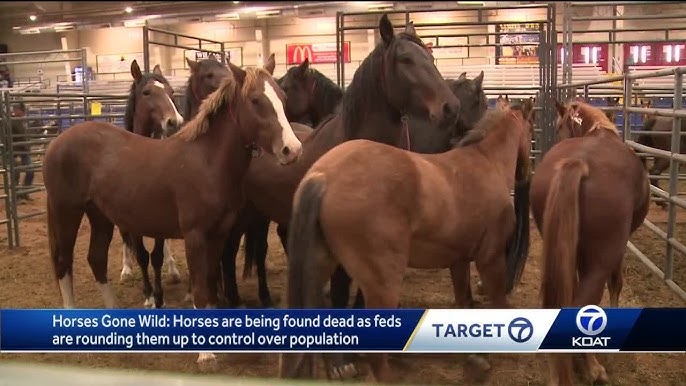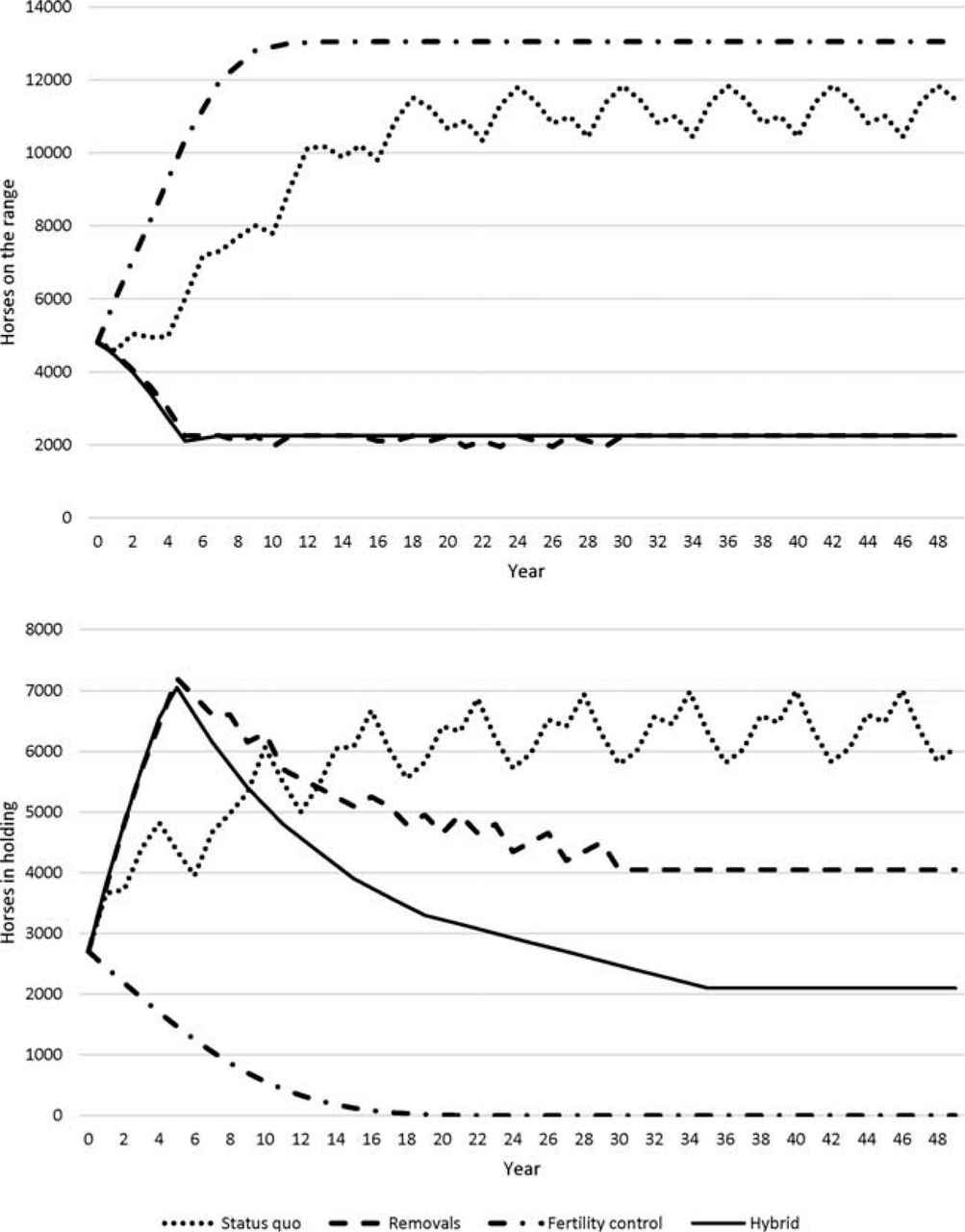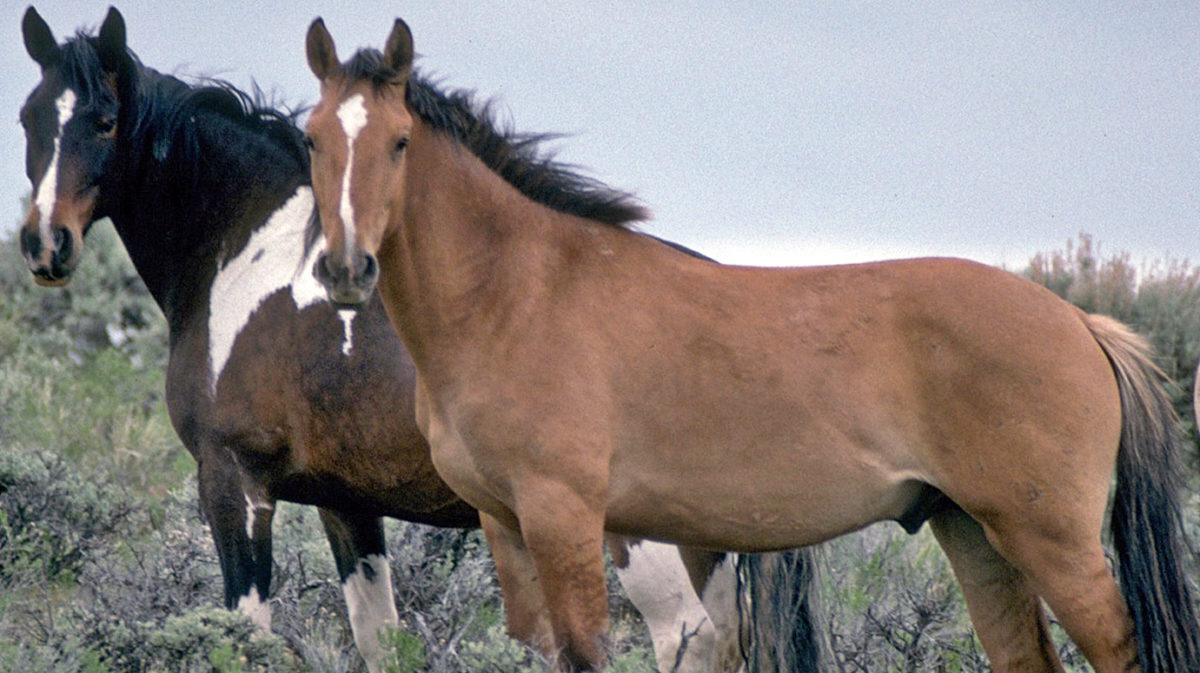The Economics of Wild Horse Management

Managing wild horse populations involves complex economic considerations that balance ecological health, public interest, and financial costs. This article explores the key economic factors influencing wild horse management, including costs, benefits, and policy implications.
Overview of Wild Horse Management

Wild horses, often referred to as mustangs in the United States, are protected under the Wild Free-Roaming Horses and Burros Act of 1971. Their populations are managed primarily by government agencies such as the Bureau of Land Management (BLM). The goal is to maintain a sustainable population that does not degrade the rangeland ecosystem.
Economic Costs of Wild Horse Management
| Cost Category | Description | Estimated Annual Cost (USD) |
|---|---|---|
| Roundups and Gatherings | Expenses related to capturing and relocating horses to prevent overpopulation | $20 million |
| Holding Facilities | Costs for long-term care of horses in corrals or pastures | $40 million |
| Adoption Programs | Funding for programs that place horses with private individuals | $5 million |
| Land Management | Expenses for habitat restoration and monitoring | $10 million |
Additional Costs
- Veterinary care and medical treatment
- Legal and administrative expenses
- Public outreach and education
Economic Benefits
- Tourism: Wild horses attract visitors, boosting local economies.
- Cultural Value: They hold historical and symbolic significance.
- Ecosystem Services: Properly managed herds can contribute to rangeland health.
Challenges and Economic Implications
- Overpopulation: Leads to overgrazing, which damages rangelands and reduces their economic productivity.
- Budget Constraints: Limited funding affects the ability to manage herds effectively.
- Stakeholder Conflicts: Ranchers, conservationists, and the public often have competing interests.
Policy and Management Strategies
- Fertility Control: Using contraceptives to manage population growth cost-effectively.
- Adoption Incentives: Encouraging private adoption to reduce holding costs.
- Public-Private Partnerships: Collaborations to share management responsibilities and costs.
Frequently Asked Questions (FAQ)
Q1: Why is wild horse management expensive?
A1: The costs stem from roundups, long-term care, veterinary services, and habitat management, all necessary to maintain ecological balance and animal welfare.
Q2: How does overpopulation affect the economy?
A2: Overpopulation leads to overgrazing, which degrades land used for livestock and recreation, reducing economic returns.
Q3: Can wild horses be managed without government funding?
A3: While private efforts help, government funding is crucial due to the scale and public interest involved.
Q4: What role do adoptions play in management?
A4: Adoptions help reduce the number of horses in holding facilities, lowering costs and promoting responsible ownership.
Conclusion
The economics of wild horse management is a balancing act between costs, ecological sustainability, and social values. Effective strategies require cooperation among stakeholders and innovative approaches to funding and population control.
This expanded content provides a detailed, SEO-friendly article structure with clear sections, tables, and FAQs to engage readers and improve search visibility.
